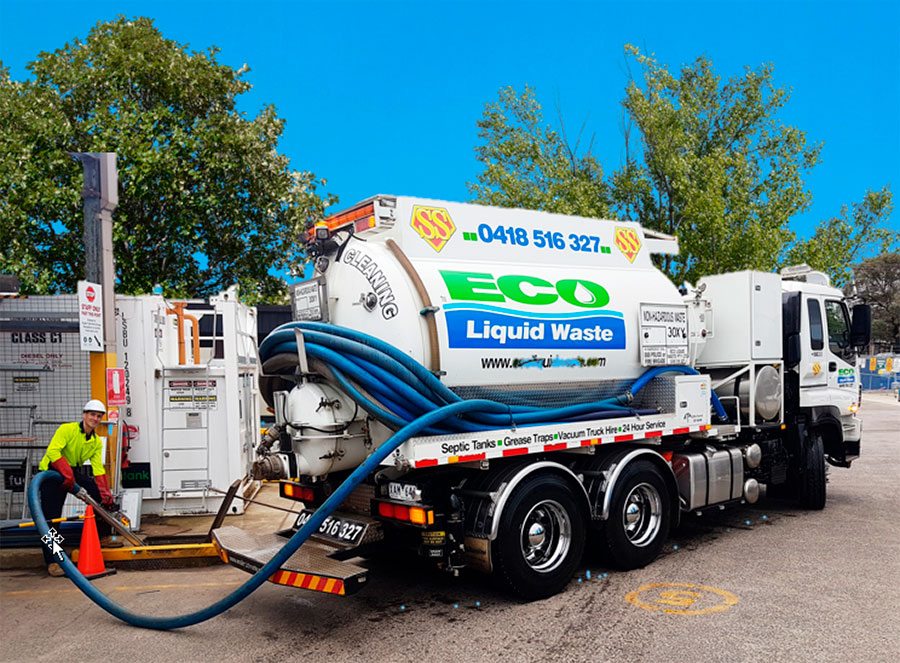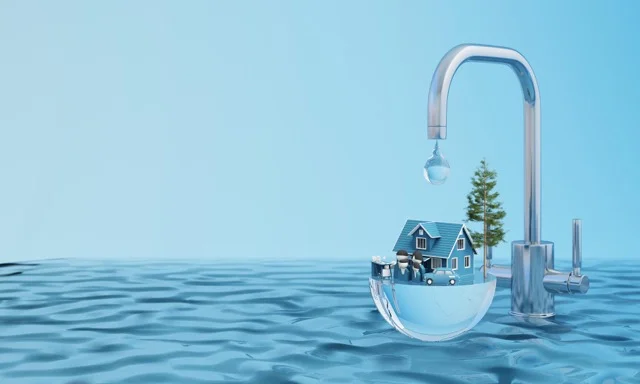Excitement About Reclaim Waste
The Buzz on Reclaim Waste
Table of ContentsUnknown Facts About Reclaim WasteSome Known Factual Statements About Reclaim Waste Some Known Details About Reclaim Waste Reclaim Waste for DummiesThe Ultimate Guide To Reclaim Waste
Residential sewage waste refers to the waste and items from a domestic septic container. The appropriate management and disposal of residential sewer waste need fluid waste to be moved to a sewer treatment plant where the correct methods and tools are applied to purify and dispose of waste.
Business waste typically includes prospective hazards, such as flammable products or a blend of fluid and strong waste items, and calls for a much more innovative and thorough disposal process. The disposal of industrial waste typically entails the filtration of waste before transport to ensure secure and proper disposal. Hazardous waste is developed from results and overflow of commercial procedures and production.
This sort of waste can not make use of the exact same sewage monitoring transport or processes as septic or industrial fluids. The hazardous waste administration procedure calls for the evaluation and screening of fluid waste prior to it undergoes the disposal procedure (liquid waste removal). Overflow waste is the fluid waste that originates from drainage and excess stormwater in very populated areas or cities
Drainage waste can cause contamination and flooding if not taken care of correctly. Making sure proper waste management can protect against disasters and decrease ecological harm.
Our Reclaim Waste Diaries
Call PROS Solutions today to find out about our waste management and disposal solutions and the proper means to care for the fluid waste you produce.
(https://reclaimwaste1.carrd.co/)Do you know what takes place to your water when you disengage, flush the toilet or drain pipes the washing equipment? No? Well, it deserves knowing. This supposed 'wastewater' is not just a vital source but, after treatment, will be launched to our land, rivers or the ocean. Made use of water from commodes, showers, baths, kitchen sinks, washings and industrial procedures is recognized as wastewater.

water made use of to cool machinery or tidy plant and tools). Stormwater, a form of wastewater, is overflow that moves from agricultural and city areas such as roof coverings, parks, gardens, roadways, paths and gutters right into stormwater drains, after rain. Stormwater streams neglected straight to local creeks or rivers, at some point reaching the ocean.
About Reclaim Waste
In Queensland, the majority of wastewater is treated at sewer therapy plants. Wastewater is transferred from domestic or industrial websites via a system of sewage systems and pump terminals, called sewage reticulation, to a sewer therapy plant. Regional federal governments build, maintain and run most sewer therapy plants. Operators are accredited under the Environmental Management Act 1994 to release cured wastewater at an appropriate ecological criterion right into rivers.
The Department of Natural Resources suggests regional federal governments concerning handling, operating and preserving sewerage systems and treatment plants. In unsewered locations, neighborhood governments might call for householders to mount private or house sewer treatment systems to treat residential wastewater from bathrooms, kitchen areas, washrooms and laundries. The Division of Natural Resources authorises using household systems when they are shown to be reliable.
In some brand-new class, treatment of some stormwater to get rid of trash, sand and crushed rock has begun utilizing gross pollutant catches. Wastewater treatment occurs in 4 stages: Gets rid of solid issue.
Wastewater then streams into big tanks where solids settle and are gotten rid of as sludge. Oil and scum are skimmed from the surface area. Utilizes little living microorganisms referred to as micro-organisms to damage down and get rid of remaining dissolved wastes and great bits. Micro-organisms and wastes are integrated in the sludge. Removes nitrogen and phosphorus nutrients that might create algal blooms in our rivers and threaten water life.
The Best Strategy To Use For Reclaim Waste
Nutrient elimination is not readily available at all sewer treatment plants because it requires expensive specialized equipment. Clear liquid effluent generated after therapy might still include disease-causing micro-organisms - liquid waste disposal melbourne.

This usually means wastewater needs to be dealt with or pollutants eliminated before it can be released to rivers. Many wastewater moves right into the sewage system. Under the Act, city governments provide authorizations and licences for eco appropriate activities (Periods) including wastewater releases that could have a regional impact. The division provides approvals and licences to ERAs this page entailing wastewater launches that might have a regional or statewide influence.
The Best Strategy To Use For Reclaim Waste
Otherwise, examples are considered lab analysis. Typically several tests are needed to develop the degrees of each of the different toxins such as oils, heavy metals and chemicals in water. Surveillance offers valid information about water high quality and can validate that permit conditions are being satisfied. The info gotten via monitoring supplies the basis for making water top quality decisions.